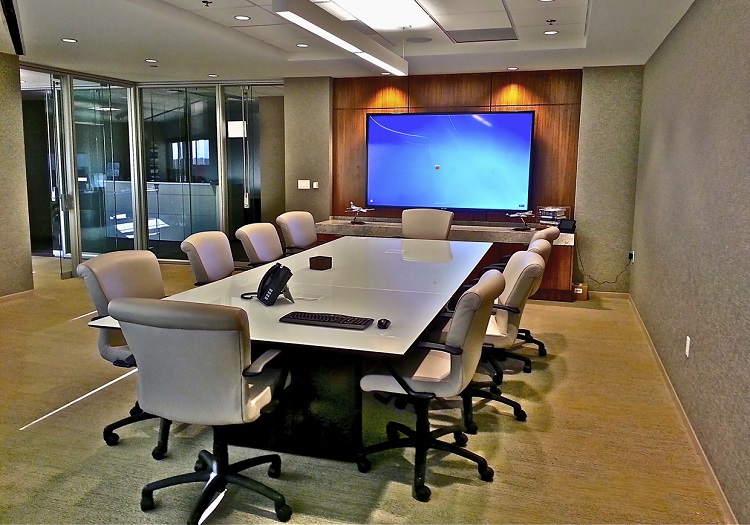Illumination conditions have a significant impact in the way effectively we can detect motion. Motion detection is a critical component of various technologies, such as surveillance cameras, automated lighting systems, and even some gaming applications. Understanding how various illumination environments influence our capacity to detect motion can help enhance the development and effectiveness of these systems. For example, poor illumination can result in overlooked motions or false alerts, while ideal lighting can boost the accuracy of motion detection technologies.
In well-lit lighting conditions, movement detection is generally more accurate. As there is sufficient light, sensors and cameras can obtain sharper images, which assists in identifying moving objects. Well-lit conditions allow for better contrast between the dynamic object and the background. This differentiation is essential for both visual viewers and automated systems, as it makes it easier to differentiate between static and moving objects in a setting. Therefore, ensuring that spaces are well-lit can significantly improve the performance of movement detection systems.
On the other hand, dim conditions can pose difficulties for motion detection. In low-light environments, shadows can obscure dynamic objects, which makes them hard to detect. Additionally, the eye faces challenges to perceive motion in dim conditions, which can result in misinterpretation of the situation in the environment. Cameras might also encounter challenges, as many do not perform well in dim conditions without the use of infrared capabilities or other improvements. These limitations highlight the significance of adequate illumination in environments where motion detection is essential.
Additionally, various types of illumination can have varying effects on movement detection. For example, neon lights can flicker, which might confuse movement detection technologies that rely on steady more tips here illumination input. On the contrary, natural provides a steady form of illumination that improves clarity. Comprehending these differences in lighting conditions can guide operators in selecting the most appropriate lighting for specific uses, especially in surveillance and safety scenarios.

In summary, the relationship between lighting conditions and movement detection precision is important. By ensuring that environments are appropriately illuminated, we can improve the reliability of movement detection technologies. This knowledge not only supports tech uses but also improves safety and security in multiple settings. As further developments are made weblink in movement detection technology, taking into account lighting conditions will remain a crucial factor in enhancing effectiveness and ensuring that these systems function properly in various environments.
Comments on “Illuminating the Impact of Illumination Circumstances on Motion Identification Accuracy and Dependability”